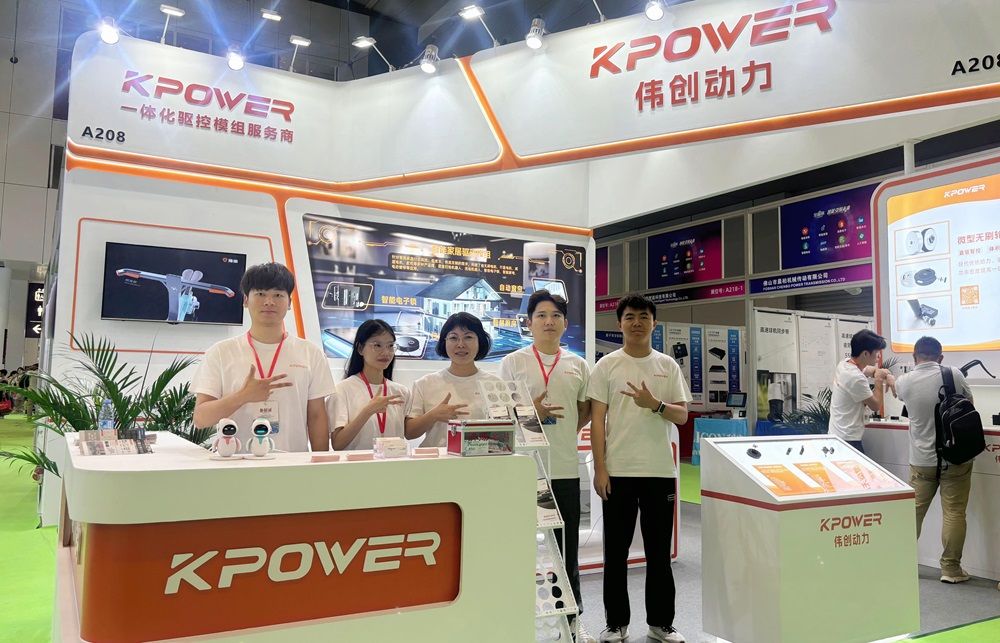The World of Motion Control Begins — Understanding the Basics
Imagine a world where machines dance perfectly to commands, positioning themselves with millimeter accuracy, or moving smoothly and swiftly through complex paths. Behind these feats of precision are two titans of the motion control arena: servo motors and stepper motors. Both serve critical roles across industries like robotics, manufacturing, 3D printing, aerospace, and even consumer electronics, but they do so in distinctly different ways.

The Core of Servo and Stepper Motors
At the heart of it, a servo motor is a closed-loop system incorporating a motor, a feedback device (usually an encoder), and a controller. Think of it as a well-trained athlete constantly receiving feedback, adjusting performance, and delivering exact movements. When you send a command to a servo motor, the system compares its current position to the desired one, and the feedback ensures it gets there with high accuracy and smoothness.
In contrast, a stepper motor operates on an open-loop principle, dividing a full rotation into a set of discrete steps. It doesn't rely on feedback; instead, the controller sends a specific number of pulses, and the motor rotates a corresponding number of steps. Imagine a dancer executing a choreographed sequence without looking at the mirror: if conditions are ideal, it works flawlessly. But if something obstructs or miscounts occur, the dance can stumble.
The Physics Behind the Motion
Servo motors are typically brushed or brushless DC motors with an encoder attached to provide real-time position feedback. They usually operate within a closed-loop control system, enabling them to modify torque and velocity dynamically. Because the control system constantly monitors and corrects the position, servo motors excel at applications where precision, speed, and smooth motion are paramount.
Stepper motors, on the other hand, are often permanent magnet or variable reluctance types that move in fixed steps. This simplicity allows for direct control without complex feedback circuitry, making them more straightforward and often more cost-effective. The stepping action is dictated by the number of steps per revolution; for example, a 200-step stepper offers a 1.8-degree step angle, providing a decent resolution for many tasks.
Performance Characteristics
One of the most noticeable differences between the two devices is how they behave under load. Servo motors are consistently powerful; they can produce high torque at high speeds, and their velocity and position control are finely tuned thanks to feedback. They are less prone to losing position because they can correct errors on the fly.
Stepper motors are known for their holding torque—the force that keeps the motor shaft in a fixed position when stationary. However, at higher speeds, their torque can diminish sharply, and they may miss steps if overloaded or subjected to sudden loads. This makes them ideal for applications where the movement path is simple and predictable but less suitable for rapid, high-precision tasks under variable loads.
Part 2 will delve into comparing their advantages and disadvantages more deeply, examining applications, cost considerations, and how to choose between these two motion control champions.
Unlocking the Choice — When to Use Servo or Stepper Motors
Now that we understand the fundamental differences, it’s time to compare the strengths and limitations of servo and stepper motors, helping you pick the best fit for your particular needs.
Application Suitability
Step Motors excel in projects demanding simplicity, affordability, and reliability. They shine in 3D printers, CNC machines, and pick-and-place robots where basic, repeatable motion suffices. Their open-loop control means fewer components and less complexity, translating to easier setup and maintenance.
Servo Motors are the go-to for applications that require high precision, fast response, and dynamic control. Robotics arms, industrial automation, aerospace systems, and sophisticated camera gimbals rely on servo motors to execute complex paths smoothly and accurately over continuous operation.
Cost and Complexity
Cost is often the first consideration. Stepper motors typically cost less upfront, especially for small to medium power ratings. Their controller circuitry is simpler, which reduces initial investment. However, as motion requirements increase—especially in demanding environments—adding features like encoders and more robust controllers can drive up expenses.
Servo motors tend to be more costly due to their feedback systems and more advanced control units. They also require more sophisticated programming and tuning, making them a bit more complex to deploy. But their fruits include higher efficiency, greater speed, and the ability to handle unpredictable loads with aplomb.
Maintenance and Reliability
One of the advantages of stepper motors is their robustness. With fewer components and no reliance on feedback sensors, they are less prone to certain types of failure and easier to troubleshoot. Conversely, servo motors require periodic calibration and maintenance of feedback devices like encoders, which can wear out or become misaligned.
Performance Under Different Conditions
In nearly all cases, servo motors outperform steppers when it comes to high-speed operation, positional accuracy, and handling dynamic loads. They can maintain torque at high speeds, adapt to changing conditions, and recover from errors more effectively than steppers.
Stepper motors, although more limited in speed and torque at high velocities, are often perfectly adequate for applications where the movement is incremental and predictable, and where cost or simplicity weighs heavily.
Making the Decision: Practical Tips
If your project demands high precision, long-term reliability, and smooth motion, servo motors are likely your best choice. If you need cost-effective, simple setup, and repeatable moves without demanding high speeds, stepper motors should be on your shortlist. Consider speed requirements: for high-velocity applications, servo motors are typically superior. Think about complexity and maintenance: if minimal fuss is desirable, steppers are advantageous.
As technology advances, the lines between these motors blur with hybrid solutions and innovative control algorithms. Nonetheless, understanding their core differences remains essential when designing or upgrading machinery.
If you'd like, I can help you analyze your specific project or explore emerging trends related to digital twins, smart motors, or AI-integrated motion systems. Just say the word!
Established in 2005, Kpower has been dedicated to a professional compact motion unit manufacturer, headquartered in Dongguan, Guangdong Province, China.




































